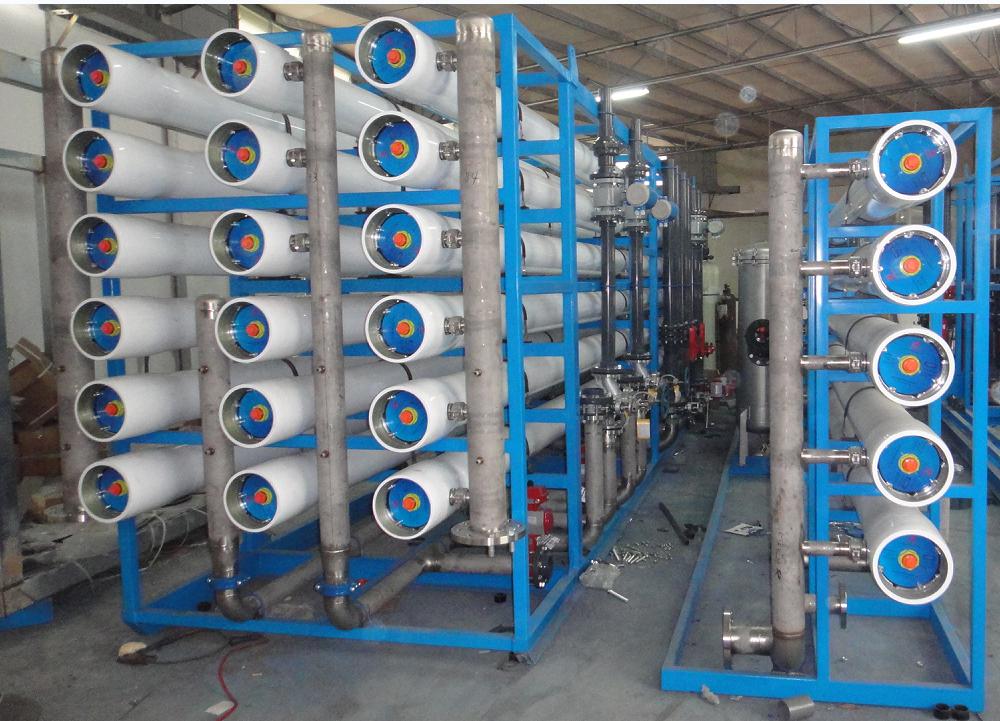11 keys step you should to know!

The reverse osmosis water treatment equipment is divided into two parts, one part is pretreatment debugging, and the other part is the main reverse osmosis debugging part. The pretreatment is mainly positive and negative washing quartz sand, activated carbon, so that fine sand charcoal and impurities are washed away, and the amount of water in the inlet water is controlled. The reverse osmosis host debugging is mainly to adjust the flow of water, the flow of water and the pressure, summed up for the following points:
1. Analyze and test the water inflow of the device. The results show that the water supply can be debugged if the water supply requirements are met.
2. Adjust the pressure control system of the high pressure pump.
3. Check whether the connection between all the pipes of the device is perfect, whether the pressure gauge is complete, whether the low-pressure pipe connection is tight, and whether there is a shortage.
4. Open a pressure gauge switch and total inlet valve, concentrated water discharge valve, and water discharge valve.
5. Start the pretreatment equipment and adjust the water supply to be larger than the total water intake of the device.
6. Backwash and wash the charcoal filter until the water is clear.
7. Start the high pressure pump and slowly open the total inlet valve of the device. The total inlet pressure of the control device is less than 0.5Mpa, flush for 5 minutes, and check whether the high and low pressure pipelines and instruments are normal.
8. Adjust the inlet valve and the concentrated water discharge valve to make the inlet pressure reach 1.0~1.4Mpa.
9. Detect the water conductivity of the product, open the product outlet water valve when the requirements are met, and close the production water discharge valve.
10. The debugging of the RO device is a manual single-step at first. After the operation is normal, it can be switched to the automatic state, and the online instrument and PLC automatically control the operation.
11. Start the regeneration system and see if the regeneration system is working properly.
The most important thing to note about reverse osmosis debugging is to remember that the water valve is closed and the high pressure pump is turned on. This will cause great damage. Therefore, when debugging, be sure to pay attention to whether the pipeline is in the same state to start the pump.

